100 years of humanitarian action

1914-1918: 100 YEARS PEOPLE HELPING PEOPLE
The Australian branch of Red Cross begins on 13 August 1914, nine days after the outbreak of WWI. Hundreds of thousands of volunteers flock to the cause.
100 YEARS PEOPLE HELPING PEOPLE
A Red Cross Wounded and Missing Inquiry Bureau is established in each state to help Australian soldiers and their families in their desperate search for news of the fate of loved ones. By 1919 Australian Red Cross is handling 36,000 cases.
Last year our International Tracing Service helped more than 2,200 families locate missing loved ones.

1920s: LOCAL HEROES
Trained Red Cross volunteers run repatriation centres and work in hospitals, caring for sick, injured and recovering returned servicemen and their families.
Rapid Growth
By the end of WWI Red Cross has over 2,400 member branches in every state, mostly run by women who go on to give a lifetime of service to Red Cross. Today there are 20,000 members and 30,000 volunteers across Australia.

1929: BLOOD SERVICE FORMS
Australia’s first Red Cross Blood Transfusion Service is founded in Victoria, followed by other states. A great number of Australians come forward to donate blood.
Today Australians make 1.3 million blood donations each year.
1939-1945: WWII HOME AND ABROAD
By WWII Red Cross is Australia’s largest charitable organisation. Nearly half a million people, mostly women, play a key role supporting Australian soldiers and prisoners of war.
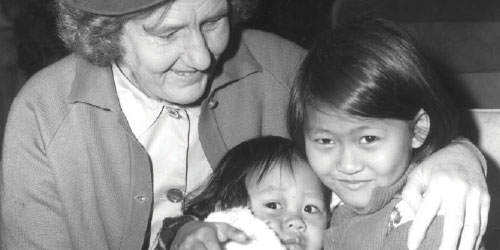
1950s: PEACE RETURNS
Red Cross turns its attention to peacetime work, focussing on social welfare, national emergencies and supporting new migrants to Australia.
Red Cross Calling
Now in its 65th year, the first national Red Cross Calling fundraising appeal raises vital funds in the community for our everyday work.
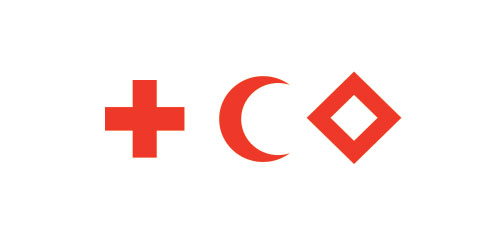
1958: THE LAWS OF WAR
The Australian Government ratifies the international laws of war – the Geneva Conventions. All countries of the world agree to respect and protect the emblems of the red cross and red crescent.
Don't Shoot
For 150 years in armed conflict our emblems say ‘don’t shoot!’ – this person, site, vehicle or equipment is not part of the fight, but is providing impartial assistance.
The emblems save lives, allowing Red Cross workers to remain neutral and carry out their life-saving work.
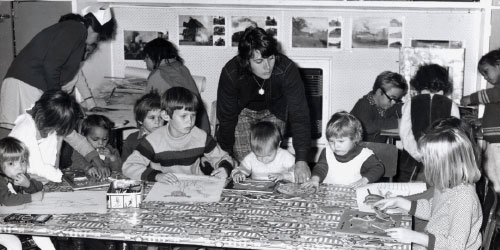
1970s: SOCIAL WELFARE EXPANDS
Red Cross expands its humanitarian services, with new social welfare programs that assist the most vulnerable children, families and communities dealing with poverty, homelessness and social isolation.
Last year we made 19,000 community visits and a daily welfare phone call to 7,400 older Australians living alone.
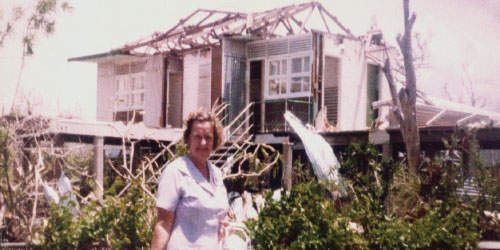
Cyclone Tracy
On Christmas Day in 1974 when Cyclone Tracy destroyed Darwin, Red Cross comes together in our first national disaster relief effort.
Volunteers organise blood and voluntary relief supplies, register evacuees, run an enquiry information centre and escort evacuees from airports to hospitals in the southern states.
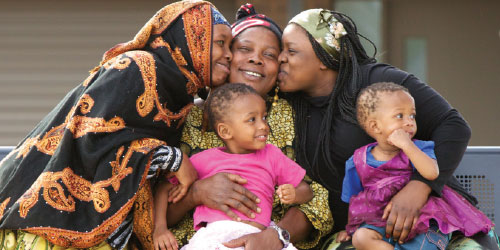
1980s: DISASTER RELIEF
After the horrific Ash Wednesday bushfires in 1983, Red Cross continues to broaden our response to natural disasters by delivering disaster preparedness, relief and recovery services.
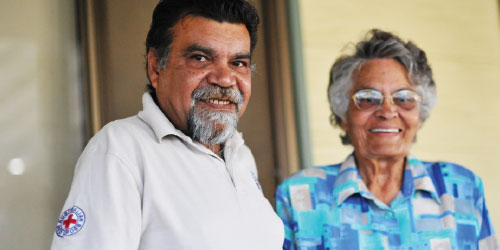
2009: OUR NATION’S FIRST PEOPLES
Red Cross commences its first Aboriginal and Torres Strait Islander Strategy in 2009 – our commitment to work positively with the strengths inherent in Aboriginal and Torres Strait Islander communities.
International Relief
Red Cross works with our partners around the world to promote safer, healthier and more sustainable lives for people in developing countries. Clean drinking water and improved community health bring lasting, positive changes, especially after a disaster.
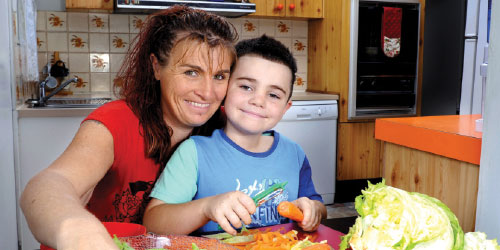
100 YEARS OF PEOPLE HELPING PEOPLE
Thank you to the one million Red Cross members, volunteers, donors, staff, blood donors and supporters who make such a positive, lasting difference to the lives of people in need every day.
Today the need for Red Cross is greater than ever. Join us and be part of the power of humanity.


Let us know what you think
Any feedback or complaints about Red Cross or its work can be made at redcross.org.au or by calling 1800 811 700. Red Cross invites any feedback you may have regarding the Year in Review 2013/2014. Contact the editorial team at publications@redcross.org.au